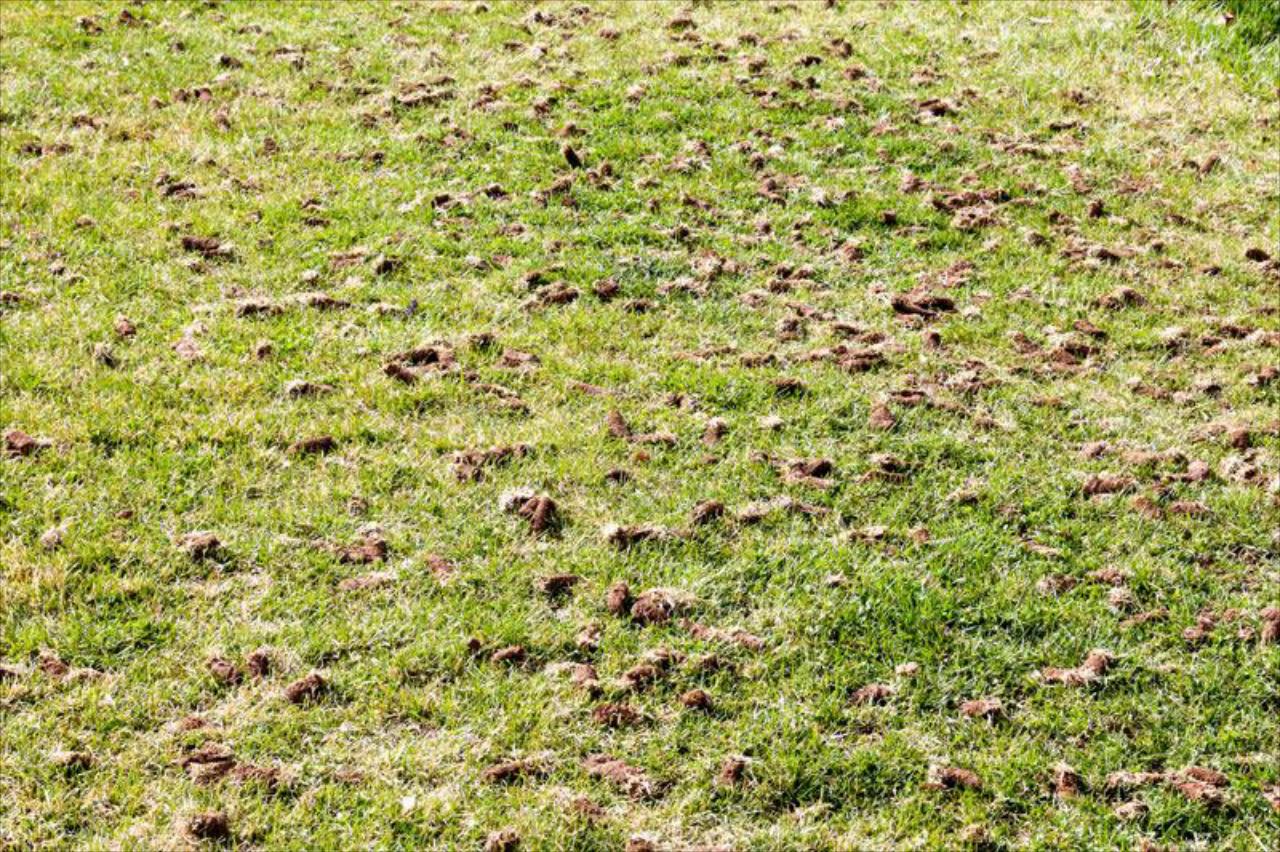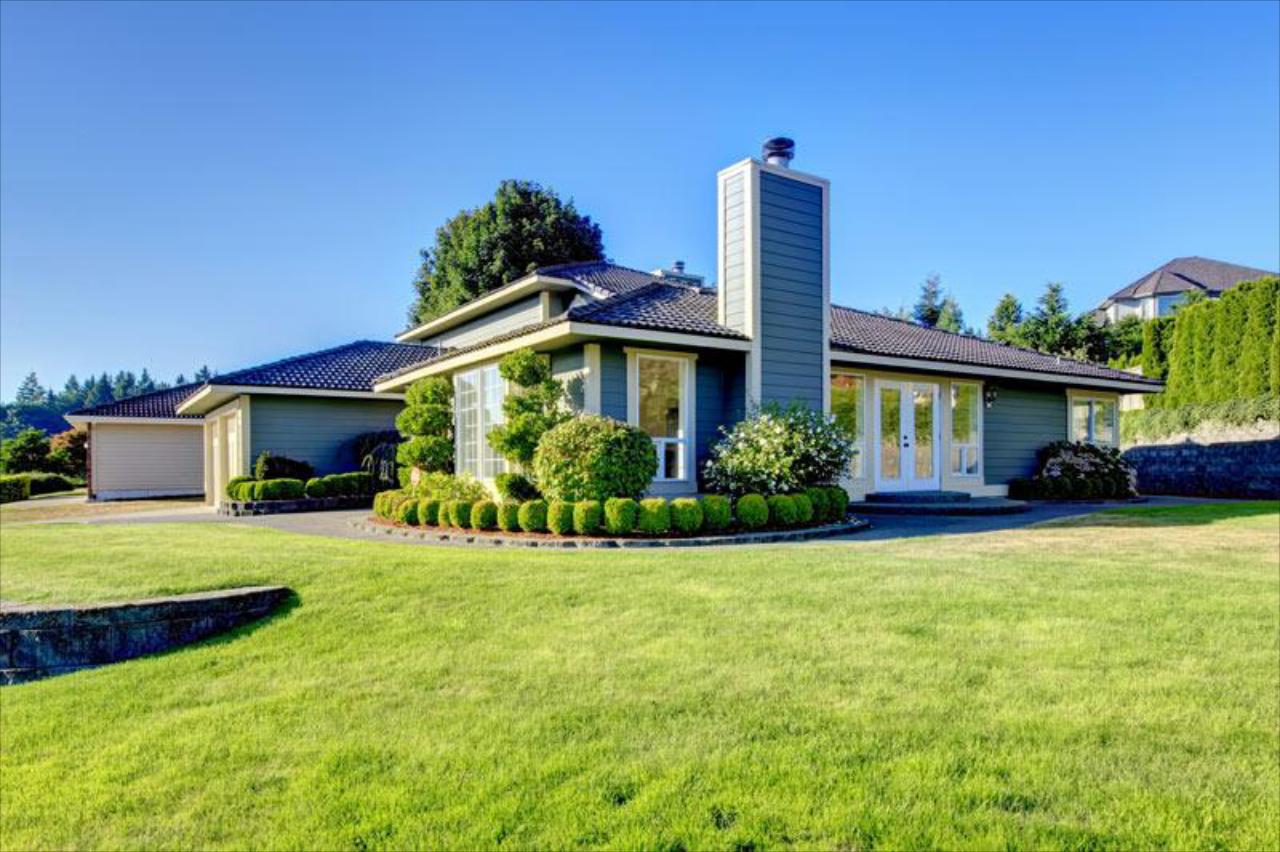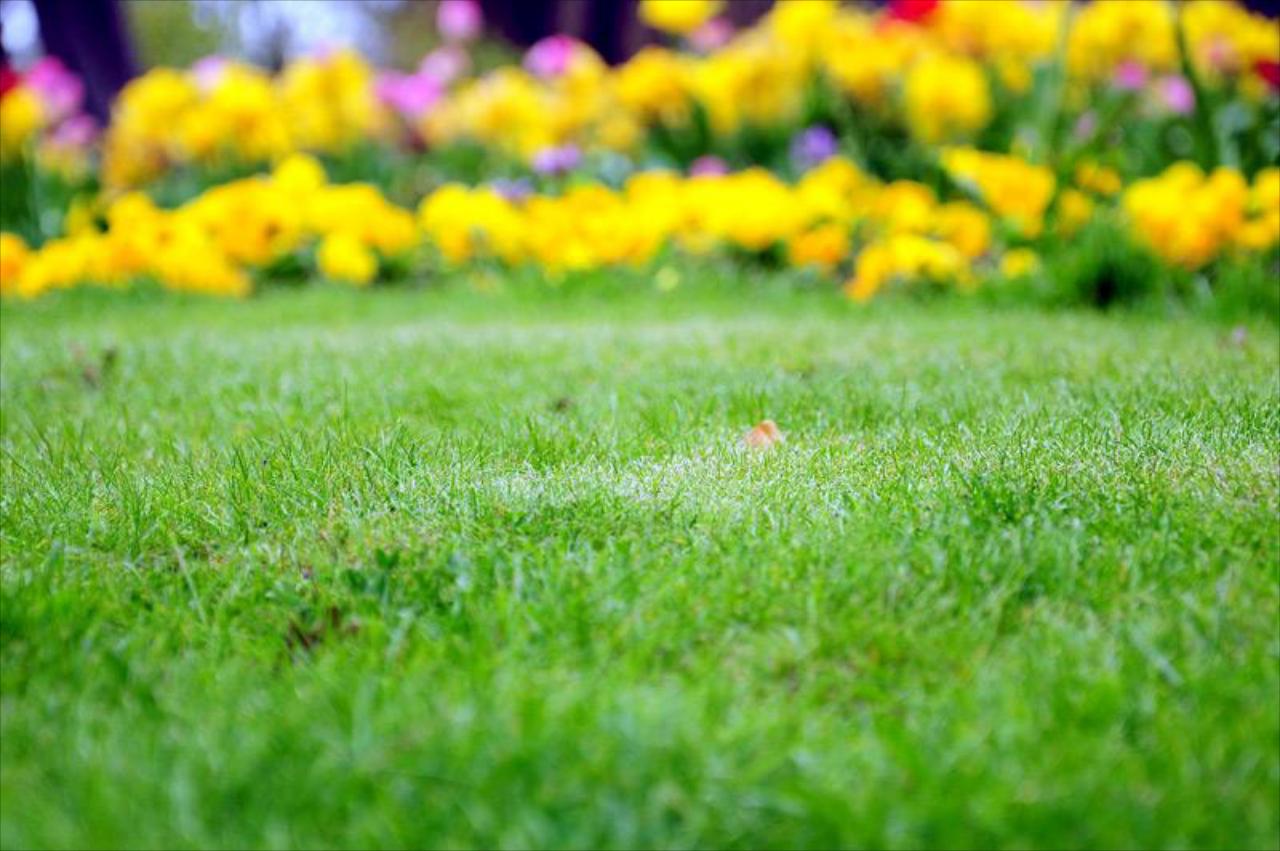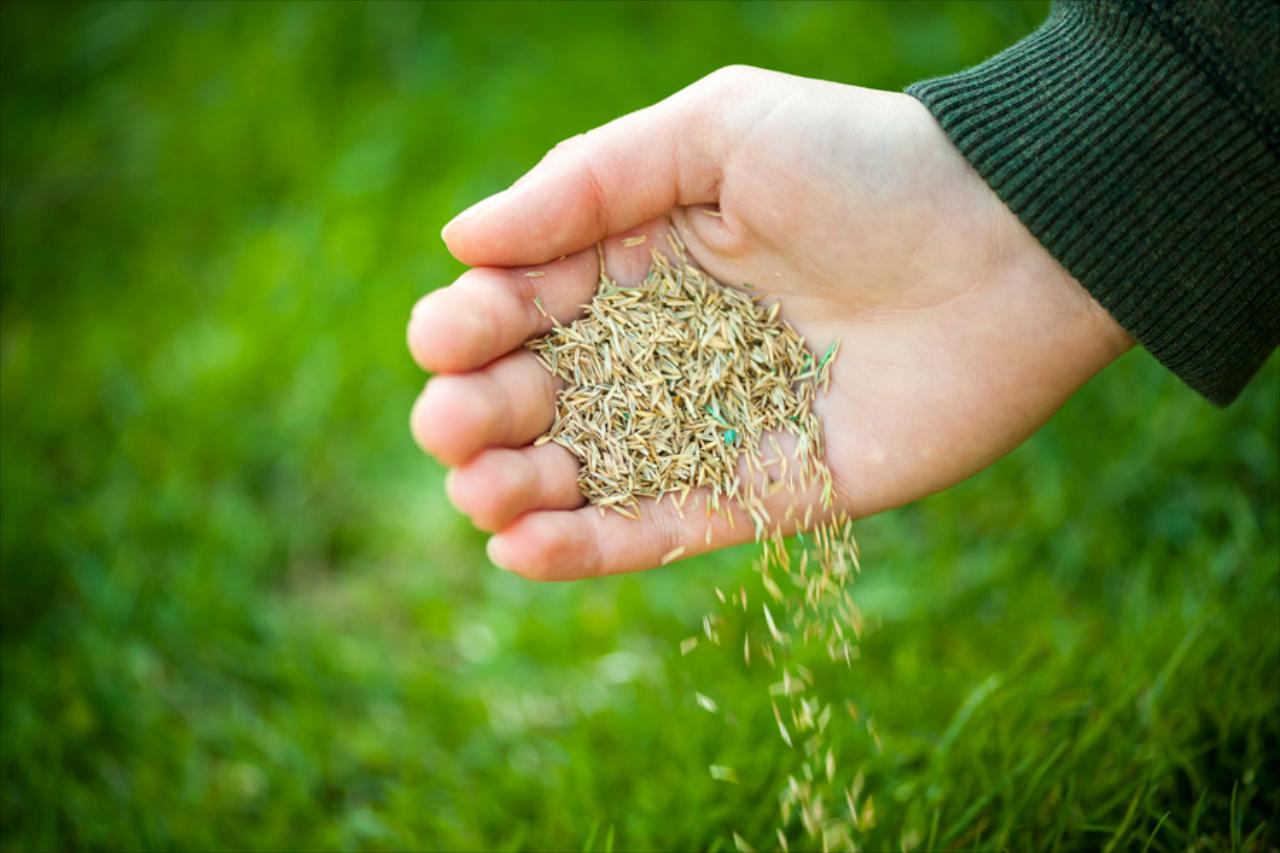Aeration & Overseeding
How Do I Know if My Lawn Needs an Aeration?
Deprived of their basic needs by compacted soil, lawn grasses struggle in stressful situations, such as heat and low rainfall, and lose their healthy, rich color. Grasses gradually thin and eventually die out completely, for lack of the oxygen, water and nutrients available just inches away. Even a single aeration session can open the avenue for these essentials to reach their mark and put your lawn back on an upward trend.

Your lawn is probably a good candidate for aeration if it:
-
Gets heavy use, such as serving as the neighborhood playground or racetrack. Children and pets running around the yard contribute to soil compaction.
-
Was established as part of a newly constructed home. Often, the topsoil of newly constructed lawns is stripped or buried, and the grass established on subsoil has been compacted by construction traffic.
-
Dries out easily and has a spongy feel. This might mean your lawn has an excessive thatch problem. Take a shovel and remove a slice of lawn about four inches deep. If the thatch layer is greater than one-half inch, aeration is recommended.
-
Was established by sod, and soil layering exists. Soil layering means that soil of finer texture, which comes with imported sod, is layered over the existing coarser soil. This layering disrupts drainage, as water is held in the finer-textured soil. This leads to compacted conditions and poor root development. Aerating breaks up the layering, allowing water to flow through the soil more easily and reach the roots.

Why Should I Have My Lawn Aerated?

What is an Overseed?
If a lawn looks old, or just “worn out,” if it needs growing amounts of water and fertilizer to thrive, or is disease or insect prone, it’s a perfect candidate for overseed.
Overseeding immediately after an aeration will greatly increase the chances of a healthier turf due to the seed getting great soil to seed contact by falling in the holes left behind from the tines of the aerator. Contact Hidden Talents lawn and Landscape today to see if and Aeration and Overseed, or just an Overseed is right for you.









